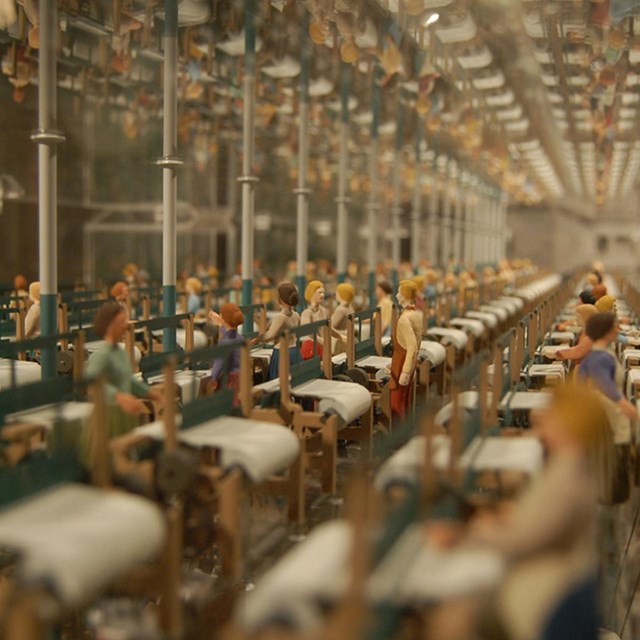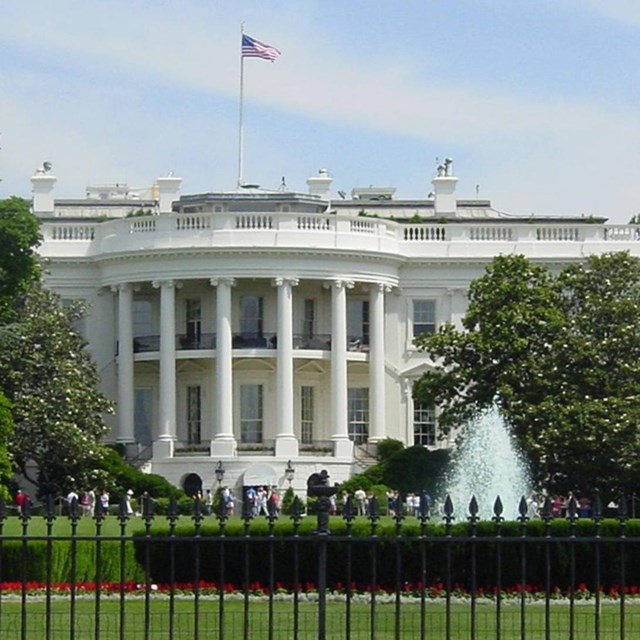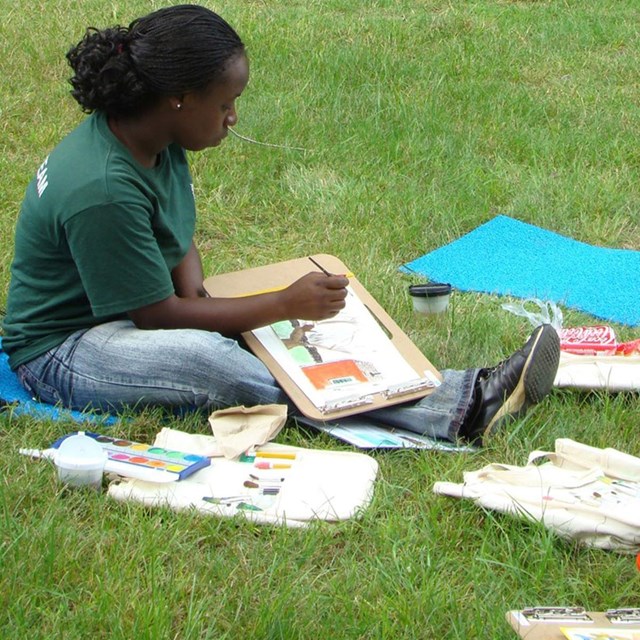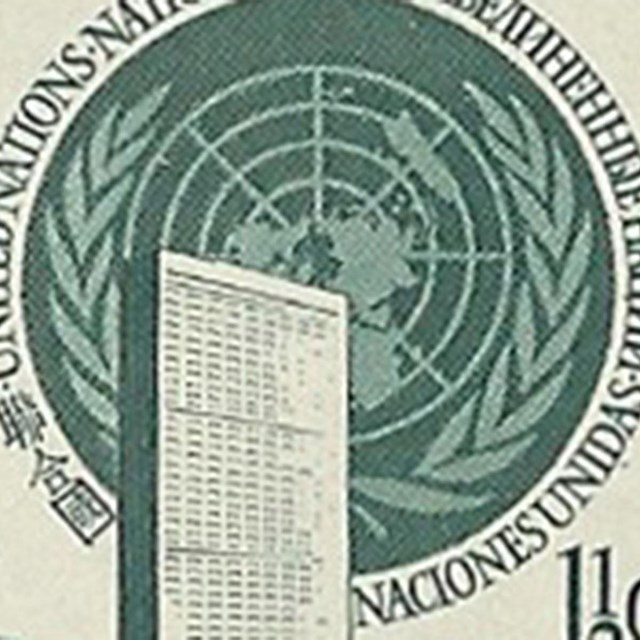
Illustration by Thomas Kelly, c. 1870. From the collections of the Library of Congress (https://www.loc.gov/item/93510386/).
"I have but one lamp by which my feet are guided, and that is the lamp of experience. I know no way of judging the future but by the past." - Patrick Henry. Speech at the Virginia Convention, March 1775
We Americans have always been characterized by our diversity, marked by nation of origin, ethnicity, race, language, and every other imaginable category. We each deserve to see ourselves -- however we describe ourselves -- in the stories of America.We have much in common, although sometimes we have been so blinded by what we see as our differences that we forget the ties that bind us together. As we learn about the struggles and triumphs of fellow Americans, we learn to appreciate and value our diversity and each other.
American stories embrace the ancient past to the modern period. Each of the topics highlighted here represents a significant aspect of the human experience, but each is only a portion of the intertwined, glorious complexity of history.
"Struggles and Triumphs" indicates that our history includes both the stories that make us proud and those that make us resolve to do better, to work harder to realize the more perfect Union envisioned in our Constitution.
Three historical building blocks of people, time, and place connect all of these topics.
People make history. Quite an amazing variety of people populate our past. If we consider how they categorized both themselves and each other – by sex, race, religion, and so much more – then that will help us better grasp the full range of human experience. Every story helps us recognize how the whole of American history has been shaped by our varied histories.
Time is more than just a way to locate events in history. Time also helps us examine change over time. If we think beyond "what happened" to consider "how and why" things happened, then we can better understand transformations that turn the past into the present. That kind of understanding can help us make better decisions about our future.
Place is the tangible context in which our history unfolds. We can use our senses to experience historic places and objects, giving us a richer feeling of our past. Local, regional and national history all connect with each other. The National Register of Historic Places lists places of local, state, and national significance. National park units and National Historic Landmarks represent the best examples of nationally significant properties.
These places ground us and provide a landscape to explore our troubled but often inspiring past.
-
 Migration and Immigration
Migration and ImmigrationStories of people's movement and change, including how they are related to the formation of family and community.
-
 Engaging with the Environment
Engaging with the EnvironmentExplore how people have interacted with the environment.
-
 Developing the American Economy
Developing the American EconomyExplore the ways Americans have worked, including slavery and non-wage as well as paid labor. Includes raw material to finished products.
-
 Shaping the Political Landscape
Shaping the Political LandscapeExamines how public policy is shaped through tribal and government institutions, conflict, compromise, organizations, and individuals.
-
 Arts, Culture, and Education
Arts, Culture, and EducationA look at how arts, culture, and education shape American heritage in the United States.
-
 Science and Technology
Science and TechnologyExamine how we understand and explore our world, from science labs to Traditional Knowledge, as well as the role of technology.
-
 Role of the US in the World Community
Role of the US in the World CommunityAmerica has never existed in isolation. Explore the world's impact on the US and the US impact on the world.
Last updated: February 13, 2025
